Chettipalayam is an idyllic suburb lined with coconut trees and ancestral homes. But only from a distance. As you inch closer to the peri-urban locale in Tamil Nadu’s Coimbatore, home to the Kari Motor Speedway, the smell of rubber and the bitumen that burns it invades your senses.
ALSO READ: MRF 2W Rally of Coimbatore this weekend
Launched in 2003, the 2.1 km circuit track cries out stories of champions and those charred by it in equal measure. Tales of wild valour, of fanatic racers who refuse to give up their love for the sport, fill the air around the weary track, named after racer S. Karivardhan, who designed and built entry-level Formula cars in the 80s and 90s.
Motorsport has been steadily growing and finding more takers in India, but karting tracks, the entry point to Formula racing, remain few and far between. The Kari circuit apart, Meco Kartopia (Bengaluru), Chicane Circuit (Hyderabad), Mohite’s Racing Circuit (Kolhapur) and Lahiri (Hyderabad) are some of the others in the country. Relatively speaking, places in Europe tend to have a significantly higher track density, with over a hundred karting circuits in a small country like France.
ALSO READ: Engineering students develop electric go-kart, eye title in national championship
Despite the struggle for resources, not many will allow their passion for racing to slip through the exhaust even when their pockets burn on empty. That is largely the essence of the story for many motorsport lovers in India. Karting, rallying and stock car racing remain the most widely practised categories. But off the track, it is Formula One that steals a march over the other formats in fans’ hearts.
And therefore, an F1 seat remains the most coveted prize for many young racing aspirants around the country. But a ride into grand prix racing is not for the faint-hearted or the fickle-minded. Not only is it expensive, the margins are notoriously thin as drivers live on the edge of excellence fighting over nano seconds. Costs can vary based on the volume of track time, but conservative estimates range from ₹5 lakh to ₹15 lakh per annum just to hone karting skills.
New talent on the track
At 18, when most teenagers ponder their playlists and debate how to while away the evening, Kyle Aditya Kumaran was at a crossroads. Just four years after his tryst with karting, Kumaran had made waves as a rookie when he won the UAE national championship in 2017-18, and the UAE SWS Senior Championship in 2020 and 2021. Later that season, a bout of COVID-19 stole his stripes. He lost his seat with Xcel Motorsport, and was almost contemplating a life outside the racing circuit.
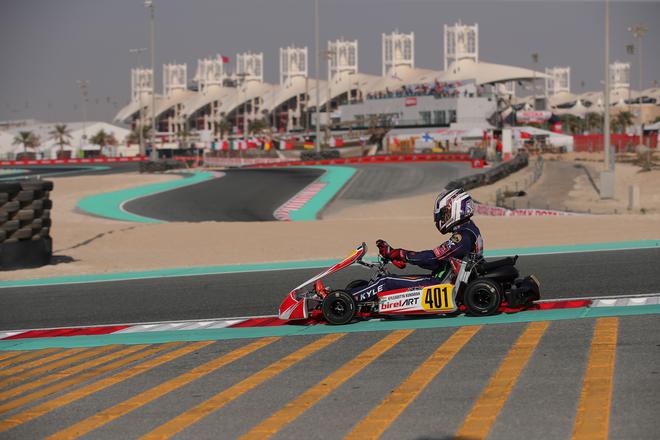
Luckily, for him, a spot opened up at Dojo Motorsport and Kumaran was back on the track for the 2021-22 season. He went on to win the Mena Cup and the UAE National Championship in 2021. The highlight of his season came in India when he won the Rotax Max Challenge last December.
The young man from Tiruchirapalli is forcing the racing world to take notice. After nearly deciding to quit, Kumaran now has a seat with not one but three racing teams — Dojo Motorsport, Mumbai Falcons and Peregrine Racing.
“I have an intuitive feel for racing and an intense taste for competition. When I lost my seat, I was sliding into a dark place. The disappointment was not easy to deal with. But I also realised how much I love racing. I’ve gained a deeper appreciation for doing my best every time I am on the track or training. I’m hopeful that doing my best will take care of a lot of other things in my racing career too,” says the youngster.
Kumaran is, of course, referring to competing in Formula One, but opportunities in the prestigious class of international racing are hard to come by, particularly for Asian drivers. With a higher concentration of tracks and strong corporate involvement, young Europeans tend to have a massive advantage on the Formula racing ladder.
The clamour for F1 gained momentum around the turn of the millennium. A relatively democratic expansion of interest in the sport came with the emergence of cable TV in the 90s. Ayrton Senna, Alain Prost and Nigel Mansell set the track on fire, and their thrills and spills left Indians thirsty for more. This great spurt of interest stoked many urban aspirations as children watched their heroes race around the world. The emergence of Indian F1 racers Narain Karthikeyan and Karun Chandhok within the span of a decade had a lot to do with this surge in the sport’s popularity.
“The real high for Indian motorsport was having an Indian driver and an Indian team in Formula One, in the Indian Grand Prix. It’s been a decade since, and there is a lull in the sport,” says Karthikeyan, the first Indian to drive an F1 car. Karthikeyan and Chandhok combined have competed in a total of 59 Grands Prix races in F1.
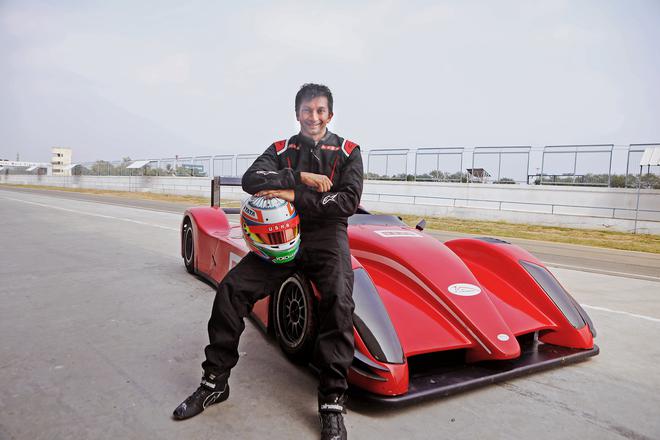
Around the same time they were active, a consortium of Indian and Dutch entrepreneurs bought out the Spyker F1 team in 2007 and renamed it Force India, a team that lasted a full decade in Formula One. But even as F1 fortunes depleted and fan numbers stagnated in the last decade, Indian aspirations too suffered a dent. Force India wound up in 2018 from a lack of resources. Karthikeyan was the last Indian in an F1 car, at the Brazilian Grand Prix in 2012. And Chandhok has transitioned to a post-racing career, now on the commentary team for Sky Sports alongside Jenson Button, Nico Rosberg and Martin Brundle.
Just as inevitably as the dark of the night makes way for morning light, F1 found a fresh lease of life in 2017 with the U.S.-based Liberty Media taking over from former owner Bernie Ecclestone. Since then, a bevy of changes has been introduced to the sport, including a vision for sustainability to usher in a new era in F1.
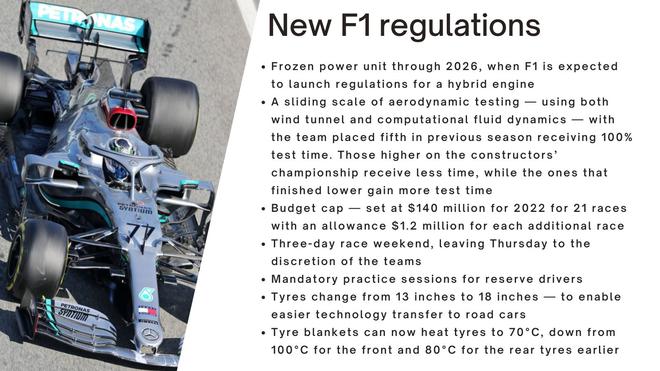
Liberty Media has modernised the sport by enabling deeper fan engagement and wooing younger audiences through strengthening their digital presence on Youtube, Instagram, Twitter and more. The F1 group also collaborated with Netflix to produce the docudrama Formula 1: Drive to Survive, which debuted in 2019. Four seasons in, the series has given fans a never-before-seen view inside the paddock and drawn more youngsters to the sport. One estimate suggests that nearly three-fourths of all new viewers are in the 16-35 age group, a massive plus for the sport and its future. Ironically, as COVID-19 kept people indoors, it helped buttress the numbers for both the show and the sport worldwide. Drive to Survive has now been renewed for two more seasons.
F1 is also enjoying a fresh renaissance in India, mirroring the global growth of the sport. 2021 turned into a battle for the ages, as Lewis Hamilton and Max Verstappen fought wing and tyre through the final corner of the last lap at the Abu Dhabi Grand Prix. Their duel drew a record 1.55 billion viewers globally, with over 108 million tuning into the finale in the desert. Count a few million Indians among those. According to a 2019 Nielsen study published by F1, the sport has a fan base of 31 million in the country, with a majority of new followers under the age of 35.
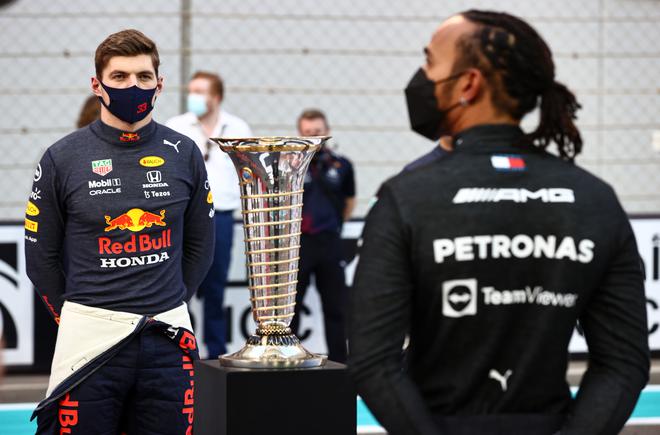
Karthikeyan believes there is reason to hope that the sport is at an inflection point. “There are some positive developments,” he says. “In 2022, the Mumbai Falcons became the first Indian team to win an Asian single-seater championship. And new racetracks such as COASTT in Coimbatore are being built to facilitate better racing in the country. Karting is also being taken seriously at the grassroots level of the sport.”
Money matters
On the track, however, things are not any easier now than they were a decade or more ago. According to unofficial estimates, it took the Tata Group $5 million to secure Karthikeyan a seat in the Jordan team in 2005. Reports suggest it may have cost nearly double that amount to find Chandhok a seat five years later. Canadian-Belgian driver Lance Stroll’s adventure with Aston Martin is said to have cost his billionaire father more than $100 million. There is an exponential increase in the perceptive value of a seat in F1, and it takes both merit and money to put drivers in the cockpit.
In India, participation in a season of National Rotax Max Karting Championship, the entry level for motorsport aspirants, costs between ₹10 lakh and ₹20 lakh for a racer. That is a steep price for most drivers at the bottom of the racing pyramid. A year of training with a premier academy can set families back by ₹10 lakh to ₹25 lakh.
“The sport is expensive. And no team is beyond the need for funding, not even Red Bull,” says Rayomand Banajee, a former karting champion and owner of Rayo Racing. “Seats are increasingly rare in F1. Performance is key, but you also need enough luck and resources to land a drive.”
Jehan Daruvala, the lone Indian in the F2 circuit currently, is a case in point. Hailing from a Parsi family in Mumbai’s Dadar, Daruvala enjoyed the support of his family, underwent training at Rayo Racing, and frequently travelled to Europe to race against the best. Years of disciplined effort and access to resources have fuelled Jehan’s progress to F2, but the leap to the next level remains a teasing mirage.
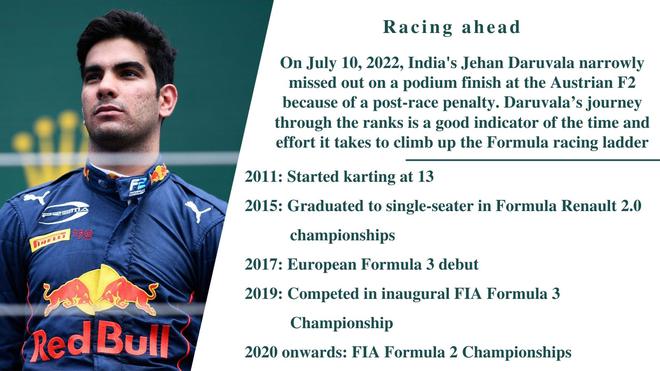
“Getting a seat in F1 is dependent on many factors. There are only 20 seats, and the competition is intense,” says Daruvala. “My main aim is to win the Formula 2 championship and then hope that the other pieces all fall in place. If not, landing a reserve driver role, which could then turn into a racing seat for 2024 might be the best way to go.”
Last Sunday, Daruvala narrowly missed out on a podium finish at the Austrian F2 after being given a post-race 20-second penalty for violation of regulation. It was a frustrating moment for the 23-year-old who had progressed to second position after starting 11th on the grid.
On this arduous journey, like Kumaran, Daruvala too had considered leaving the sport. But his parents and coach convinced him to stay the course. The persistence paid off and he is today India’s brightest hope in the international circuit. Last month, he was behind the wheel of an MCL35M, testing the car for McLaren at the Silverstone Circuit. He is also part of the Red Bull Junior Team and drives for Prema Racing in F2.
Sacrifices aplenty
Irrespective of the uncertainty surrounding their future, drivers like Daruvala and Kumaran give it their all in the pursuit of glory. And this journey is not just about them but their families too, in a very big way.
“It takes a lot of perseverance and grit to get to this point,” says Kumaran’s mother, Denys. “Over the past five years, my husband and I have made many compromises to support our child and his dreams. I work in Dubai, while my husband is in Saudi Arabia. We have driven him 400 km to practise, and have basically set aside our lives in order to give Kyle every chance possible.”
Kumaran also had to forgo regular schooling to chase his motorsport career. “We decided to homeschool him, which also meant additional expenses as he progressed to the higher classes,” says Denys.
On the racing front, drivers are under tremendous pressure to learn quickly as they transition from one category to the next. “The kart has a conventional braking system. With a Formula car, there are a lot more variables and a good understanding of aerodynamics and engineering is needed,” says Kumaran.
As with other walks of life, sustainability is becoming a hot-button topic in F1 too. Liberty has outlined a vision for ‘net-zero carbon’ footprint by 2030. Plans are in place to address ecological concerns around the track and the mammoth operations that tour the world. Already in 2022, F1 cars run on a 10% Ethanol blend called E10. Next year in February, Hyderabad will host the Formula E World Championship, with electric cars racing on a 2.5 km street track.
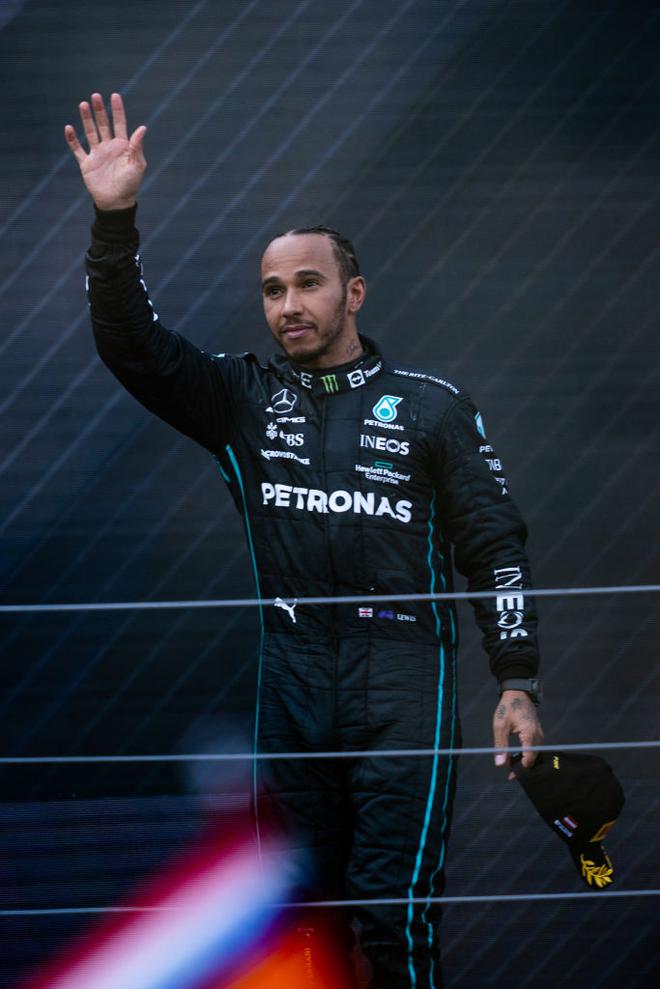
Representation matters
Diversity continues to be the elephant in the room as far as F1 is concerned, with the lack of representation coming into sharp focus in recent years. Lewis Hamilton, seven-time champion and the only black F1 driver till date, has been a vocal advocate against racism in motorsport. “There are so many jobs in this sport of which anybody, no matter your ethnicity or background, can make it and fit in,” he had said in 2018. F1 cannot afford to ignore the calls for fair representation any more. Last year, it announced engineering scholarships, internships and placements to students from under-represented groups, including ethnic minorities, women, and those from lower socio-economic backgrounds.
ALSO READ: More awareness needed against racism: Karun Chandhok
2023 will herald the golden jubilee celebrations of the Federation of Motor Sports Clubs of India (FMSCI), the governing body of motorsport in the country, and a seat for Daruvala in F1 could be the perfect icing on the cake.
The writer is a sports journalist with over two decades of experience. Twitter @SportaSmile







